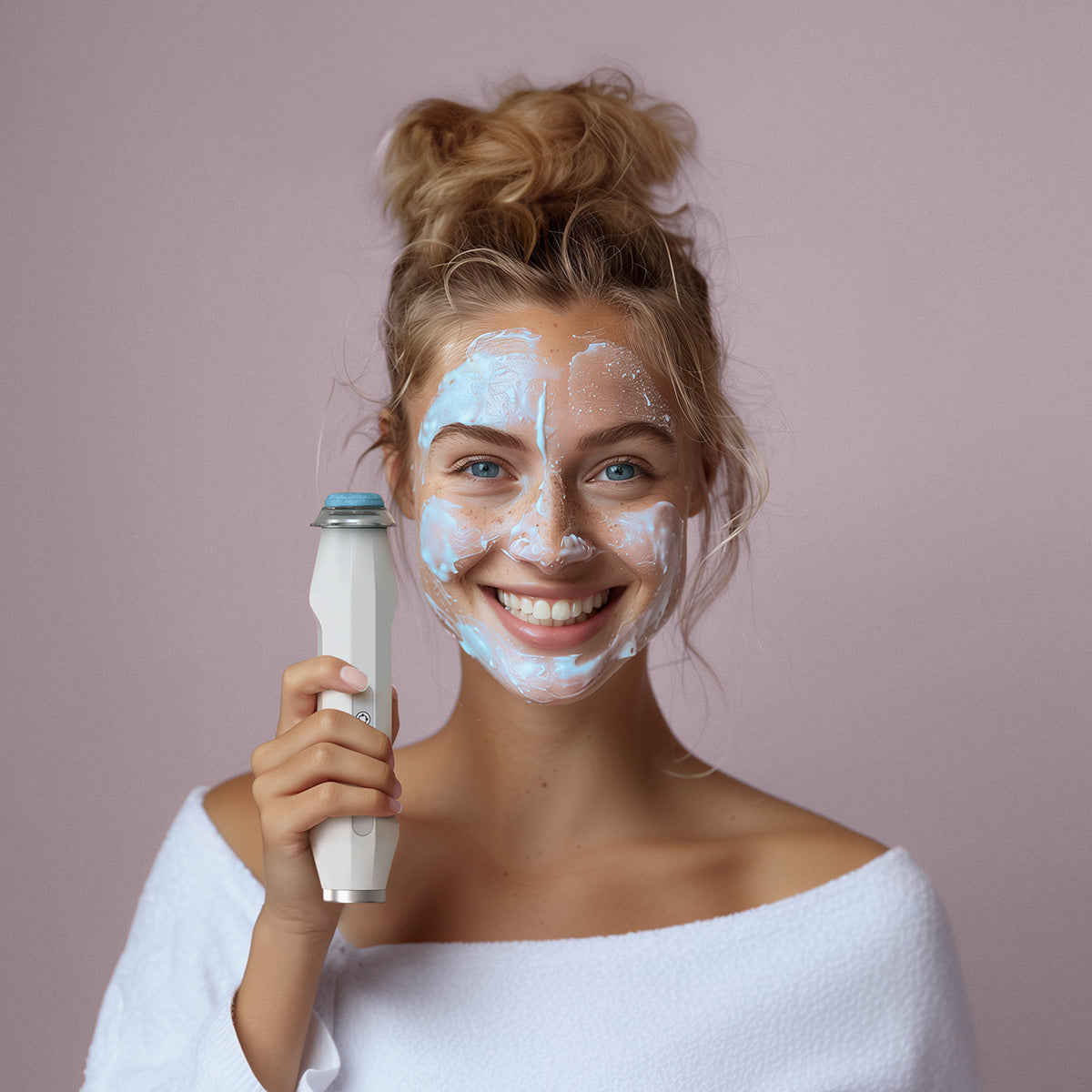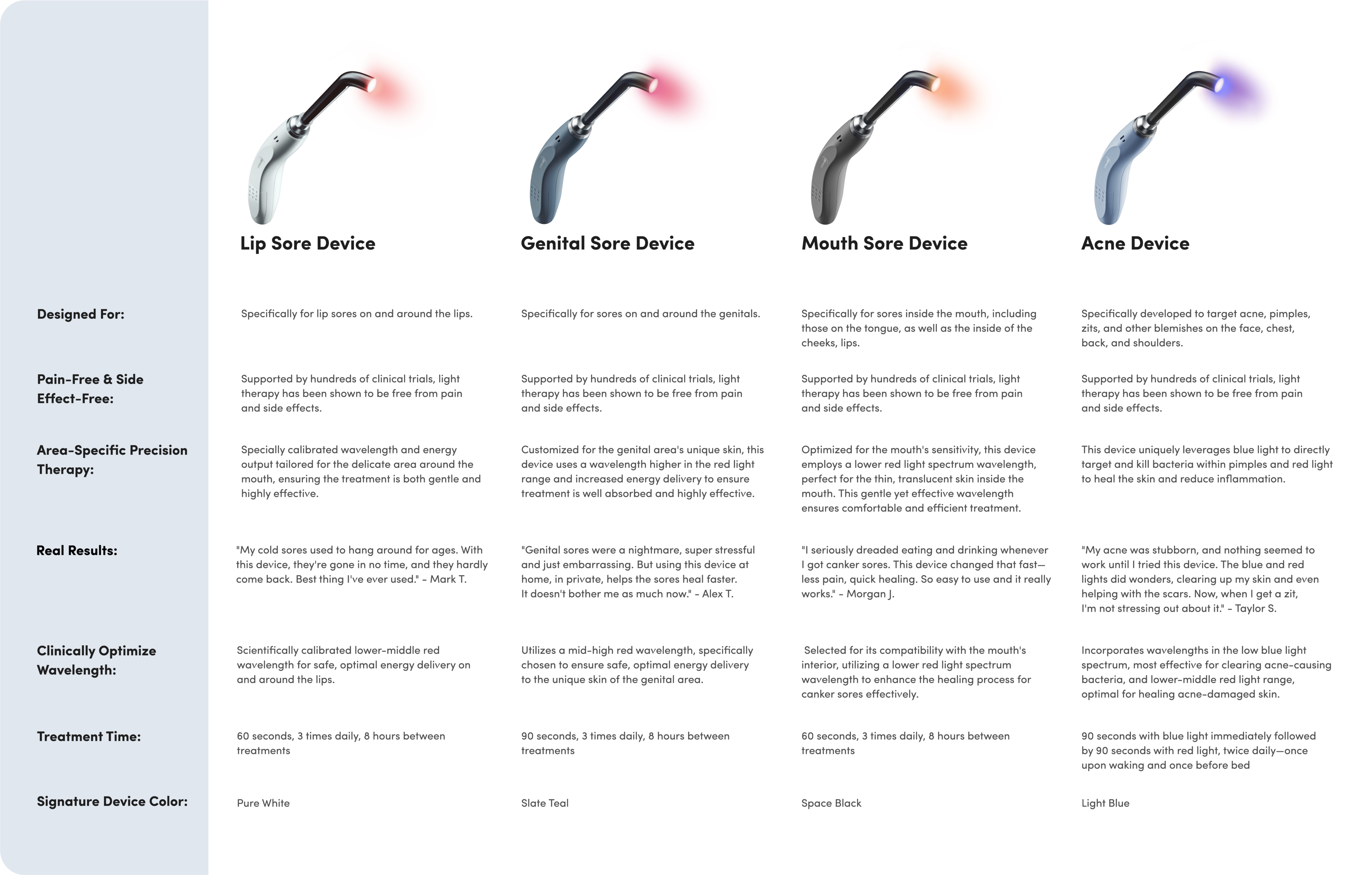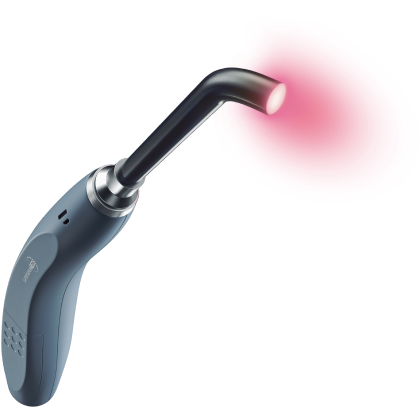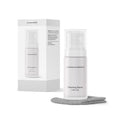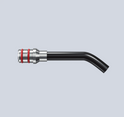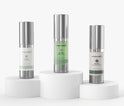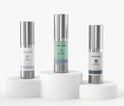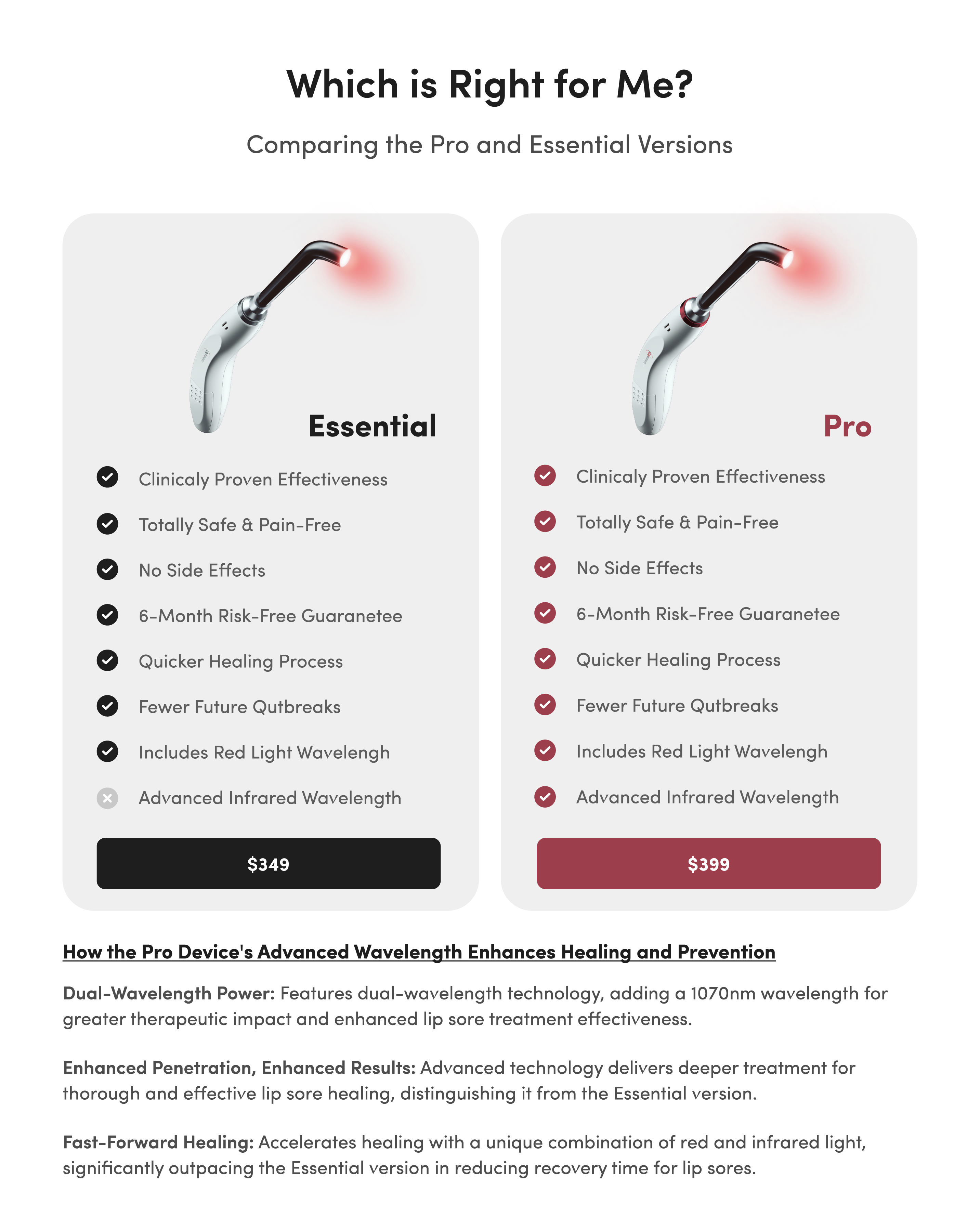Should You Pop A Cold Sore Blister?

Should you pop a cold sore? Let’s get straight to the point: No!
It’s a bad idea to pop your cold sore blisters, even if it’s unbearably tempting.
Cold sore blisters, also know as herpes labialis, are caused by the herpes simplex virus, a highly contagious virus that spreads all too easily. Unlike pimples, which people often pop, popping your cold sore blister increases your likelihood of spreading infection (on your own body or to others!) and triggering angry inflammation and infection.
Before you grab the tweezers and start popping, make sure you identify what you’re popping and if it’s better left alone.
What’s Happening Under the Surface of Your Cold Sore?
Once you become infected with herpes simplex virus, it’s always lurking silently in your body. Even when you’re asymptomatic, the herpes virus lays dormant in your body, ready to be activated at a moment’s notice.
Many different triggers risk activating the virus and causing symptoms, including stress, fatigue, illness, and sun exposure. The herpes simplex virus type 1 (HSV-1) emerges in five distinct phases that cause painful and unpleasant cold sore outbreaks.
These five stages transition through tingling, blistering, weeping, crusting, and healing:
- An itching and burning feeling develops underneath the skin to indicate that a cold sore is forming
- Fluid-filled cold sore blisters develop
- The blisters burst or “weep” and release their fluids
- The core sores dry up into yellow and brown crust
- Cold sore scabs heal; the skin around the mouth looks healthy once again
Every step of the cold sore process is miserable, but step 2 is especially bothersome. You may think it’s better to pop your blisters in order to speed along the healing process, but that’s not the way it works.
If you pop your cold sore blisters before they’re ready to enter the “weeping” phase, you risk irritating the cold sores and prolonging the recovery process even more with inflammation and infection.
Worse yet, popping your cold sore blisters increases the likelihood of spreading the virus to others or even spreading herpes to other parts of your body.

Are You Popping a Herpes Blister or Something Else?
Not all blisters are created equally! If you’re itching to pop a blister that’s driving you crazy, make sure you know what type of blister it is. Pimples, canker sores, and ingrown hairs all cause blisters unrelated to the herpes virus.
Pimples
Pimples develop when the oil glands on your face become clogged and infected. Most of us are familiar with pimples as the swollen, red lesions filled with pus that develop on the face.
Pimples don’t weep or crust like herpes blisters. They also don’t cluster together like cold sores either. Though pimples are painful to the touch, you can differentiate them from cold sores because they are unlikely to itch, burn, or tingle.
Canker Sores
Canker sores, or aphthous ulcers, are shallow white lesions with inflamed pink borders that occur inside the lips and mouth. The sores are typically 1-4 mm in size, but complex sores can be larger than 5 mm.
Though they are often confused with cold sores (HSV-1), canker sores are not contagious. Raw canker sores make it challenging to eat, sleep, and speak; even with traditional therapies, they often take 2-3 weeks to heal.
Ingrown Hair
Ingrown hairs are often mistaken for genital herpes blisters because both are angry, red, and painful.
The body treats ingrown hairs like intruders and launches an attack on the rogue hairs under your skin. This inflammatory response causes a number of unpleasant ingrown hair symptoms.
- - Single Blister or small clusters of red blisters
- - Itchiness and soreness
- - Swelling and tenderness
However, unlike with genital herpes, ingrown hairs do not cause flu-like symptoms such as headache or fever. Instead, you may experience pain, itching, and discomfort as a strand of hair attempts to grow where it’s not welcome.
What Can You Do to Speed Up Outbreaks?
What can you do to get rid of a cold sore faster than the expected seven to ten days? Try these techniques and strategies to limit the amount of time you spend feeling uncomfortable and humiliated by your cold sore blisters. If continued outbreaks occur, its always best to consult with your physician.
Use a Cold Compress
Cold compresses are among some of the simplest natural treatments for the herpes simplex virus. The idea of a compress might sound “old fashioned”, but research shows that topical therapy can effectively alleviate symptoms of genital herpes outbreaks and even contribute to the prevention of outbreaks when used promptly.
Here are a few commonly used ideas to get you started:
- - Cold compress using an ice pack or soft washcloth filled with ice
- - Baking soda paste
- - Cornstarch paste
- - Crushed garlic cloves mixed with olive oil
Use Ibuprofen to Reduce Pain and Swelling
This is an easy remedy that you probably already have in the medicine cabinet. Most of the pain and discomfort caused by cold sores originations from underlying inflammation. NSAID medications like ibuprofen temporarily reduce inflammation so that you can feel better in less than 24 hours, even if that stubborn cold sore hasn’t disappeared quite yet.
Avoid Certain Foods
The same foods that threaten your overall health also compromise your body’s ability to fight the herpes virus and reduce the impacts of each outbreak. Avoid the following to ensure your body remains in prime fighting condition:
- - High-sugar treats
- - Refined grains
- - Heavily processed foods
- - Synthetic ingredients
- - Acidic juice and soda
Try an Over the Counter Treatment
There are many over-the-counter options available for cold sore relief. Viscous lidocaine or topical benzocaine are sometimes used by Abreva® and Orajel™ are the two strongest OTC options.
Orajel™ provides instant and targeted pain relief in and around the mouth. For herpes simplex cold sores, the Orajel™ Cold Sore formula includes six active ingredients shown to treat the pain, itching, and dryness caused by cold sores. It can be applied up to four times a day to help you stay comfortable through an outbreak.
Abreva® is also an over-the-counter cream used to treat cold sores and fever blisters, but it works differently. Abreva® contains the only non-prescription ingredient approved by the FDA to accelerate the cold sore healing process. This OTC treatment can be used up to five times a day, or as directed by your doctor.
Use Luminance RED
Luminance Red is a breakthrough cold sore treatment that harnesses high-powered light technology to heal cold sores faster and decrease the frequency of new outbreaks.
This FDA registered cold sore treatment device nourishes the skin with medically optimized light wavelengths. The light hits the skin and is metabolized to accelerate the body’s healing process. Studies show this treatment not only shortens the healing time of active outbreaks, but it can prevent future outbreaks altogether! Use the device in 60-second sessions up to three times a day, at least four hours apart, for best results.
So, should you pop a cold sore? For the sake of your skin and the people around you, leave your cold sores alone, treat them with the best therapies available, and wait patiently for each blister to run its course.



